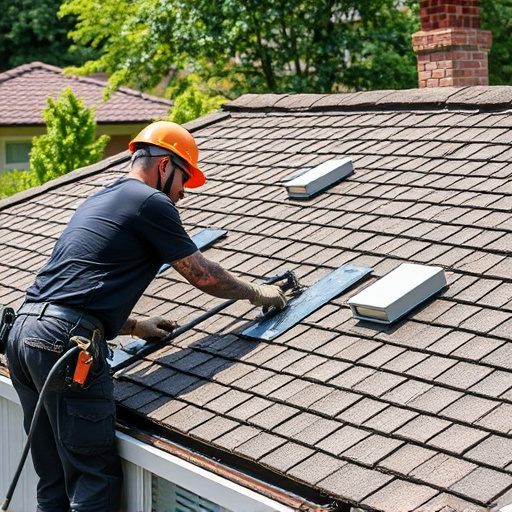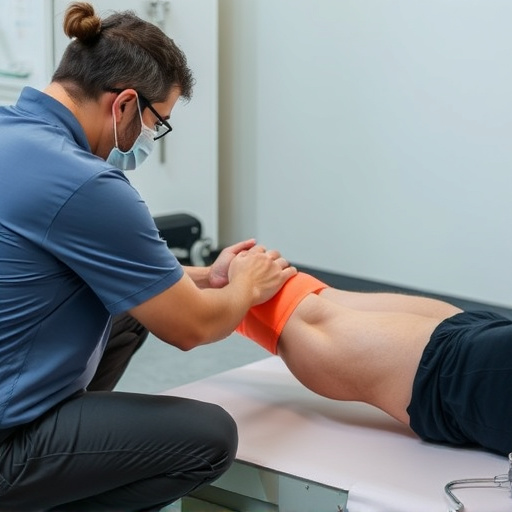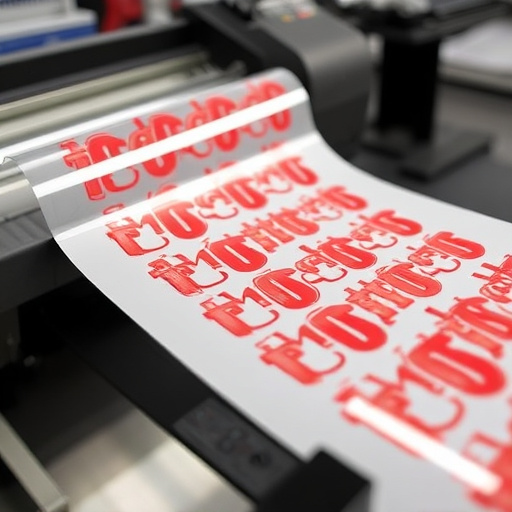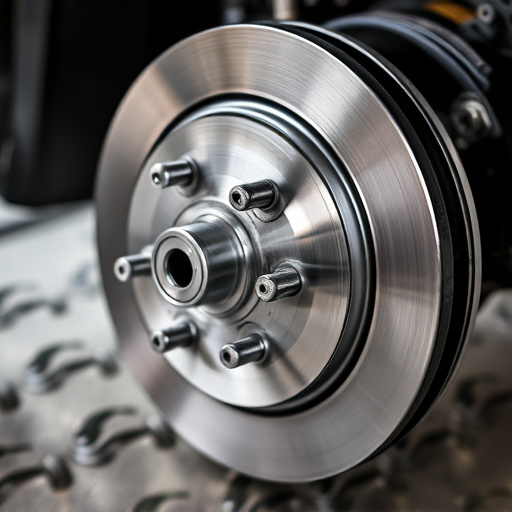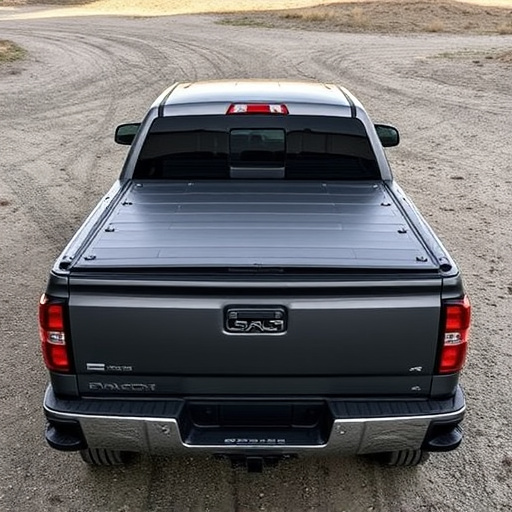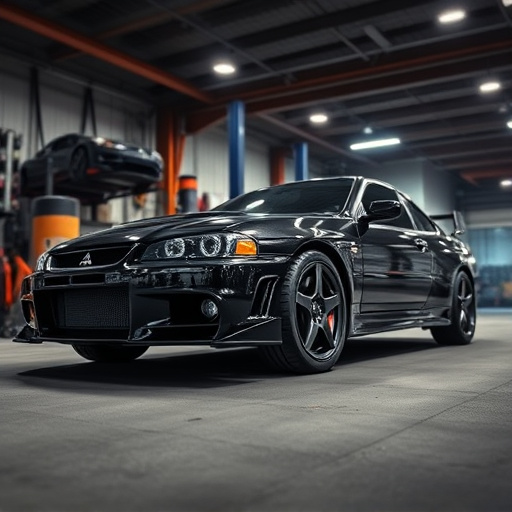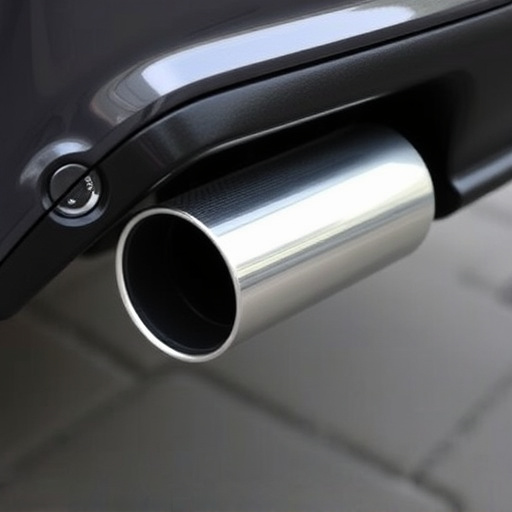Strut tower braces (STBs) are essential for vehicle safety and performance, transferring forces between chassis and suspension. When designed or chosen, consider compatibility, weight reduction, and material strength. Lightweight STB materials like aluminum, titanium, and carbon fiber enhance handling, improve fuel efficiency, and integrate well with performance upgrades while maintaining structural integrity and safety.
Strut tower braces are essential components in automotive suspension systems, offering stability and handling improvements. This article explores the best materials for designing lightweight strut tower braces, a crucial aspect in modern vehicle weight reduction efforts. By understanding the requirements and considering various material options, engineers can create high-performance, safe, and lightweight braces. We’ll delve into material properties, performance criteria, and safety considerations to help you make informed choices for your next automotive project, focusing on optimal strut tower brace design.
- Understanding Strut Tower Brace Requirements
- Material Options for Lightweight Design
- Performance and Safety Considerations
Understanding Strut Tower Brace Requirements
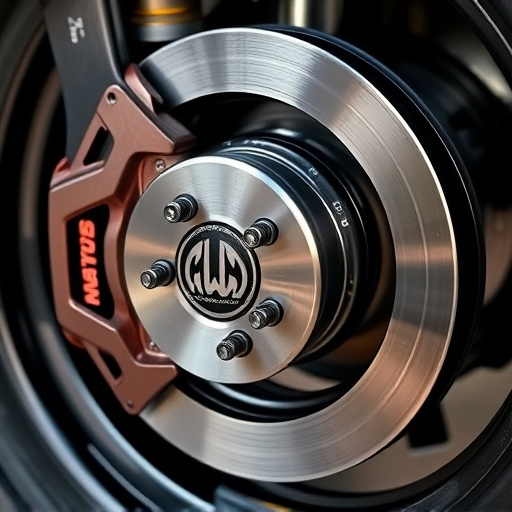
Strut tower braces are essential components in automotive engineering, playing a pivotal role in vehicle stability and safety. Understanding their requirements involves grasping how they function within the vehicle’s suspension system. Strut tower braces, typically made of high-strength materials, transfer forces between the chassis and suspension struts, enhancing structural integrity. Their primary objective is to prevent the strut from twisting or bending excessively, which can occur during cornering or harsh braking maneuvers.
When designing or selecting a strut tower brace, factors such as vehicle compatibility, weight reduction, and material strength should be considered. A well-engineered brace complements the vehicle’s existing suspension kits, including cat-back exhaust systems and brake pads upgrades, ensuring optimal performance without compromising safety. Additionally, the brace contributes to overall vehicle handling by maintaining proper alignment of the front end, which is crucial for both daily driving comfort and track-day agility.
Material Options for Lightweight Design
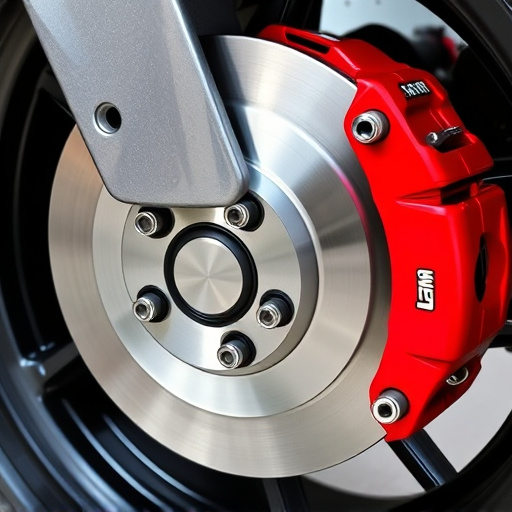
When designing lightweight strut tower brace solutions, engineers have a range of material options to consider. The primary goal is to find materials that offer exceptional strength while minimizing weight. This balance is crucial for optimizing vehicle performance and handling. Among the most popular choices are advanced alloys like aluminum and titanium, which are known for their high strength-to-weight ratios. These materials not only reduce overall vehicle weight but also contribute to better fuel efficiency and improved maneuverability.
Additionally, modern manufacturing techniques allow for intricate designs that leverage structural integrity without excessive material use. This precision engineering ensures that each component, including strut tower braces, performs optimally while keeping weight to a minimum. Furthermore, integrating these lightweight materials with other performance enhancements like cold air intakes, efficient brake components, and streamlined exhaust systems can significantly contribute to overall vehicle dynamics, enhancing driving experience without compromising safety or structural integrity.
Performance and Safety Considerations

When designing lightweight strut tower brace solutions, understanding performance and safety is paramount. Strut tower braces serve as critical structural components in a vehicle’s suspension system, enhancing stability and handling. Therefore, the materials chosen must not only be lightweight but also exceptionally strong to withstand the forces exerted during driving, especially when cornering or navigating challenging terrain.
In this context, advanced composite materials like carbon fiber offer significant advantages. Carbon fiber is renowned for its exceptional strength-to-weight ratio, making it an ideal choice for high-performance automotive applications. Unlike traditional metal braces, carbon fiber strut tower braces can reduce overall vehicle weight, improving fuel efficiency and handling dynamics. Moreover, their rigid structure enhances the integrity of the suspension system, allowing for better transfer of forces, which is essential when paired with performance air filters or cold air intakes and other high-performance parts.
When designing a lightweight strut tower brace, selecting the right material is key. By understanding the specific requirements and considering performance and safety aspects, engineers can choose from various options like aluminium, titanium, or advanced composites. These materials offer superior strength-to-weight ratios, enhancing vehicle stability without adding significant weight. Ultimately, an optimal strut tower brace design balances lightweight construction with structural integrity for improved overall vehicle dynamics.
